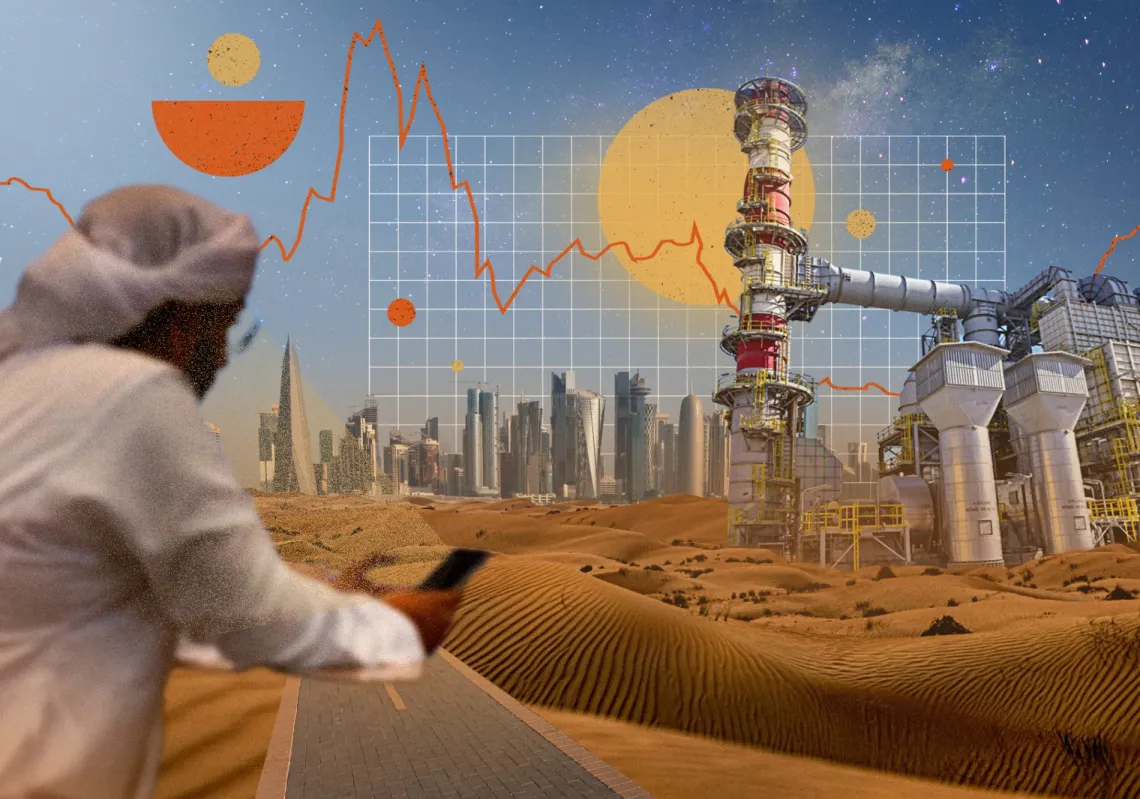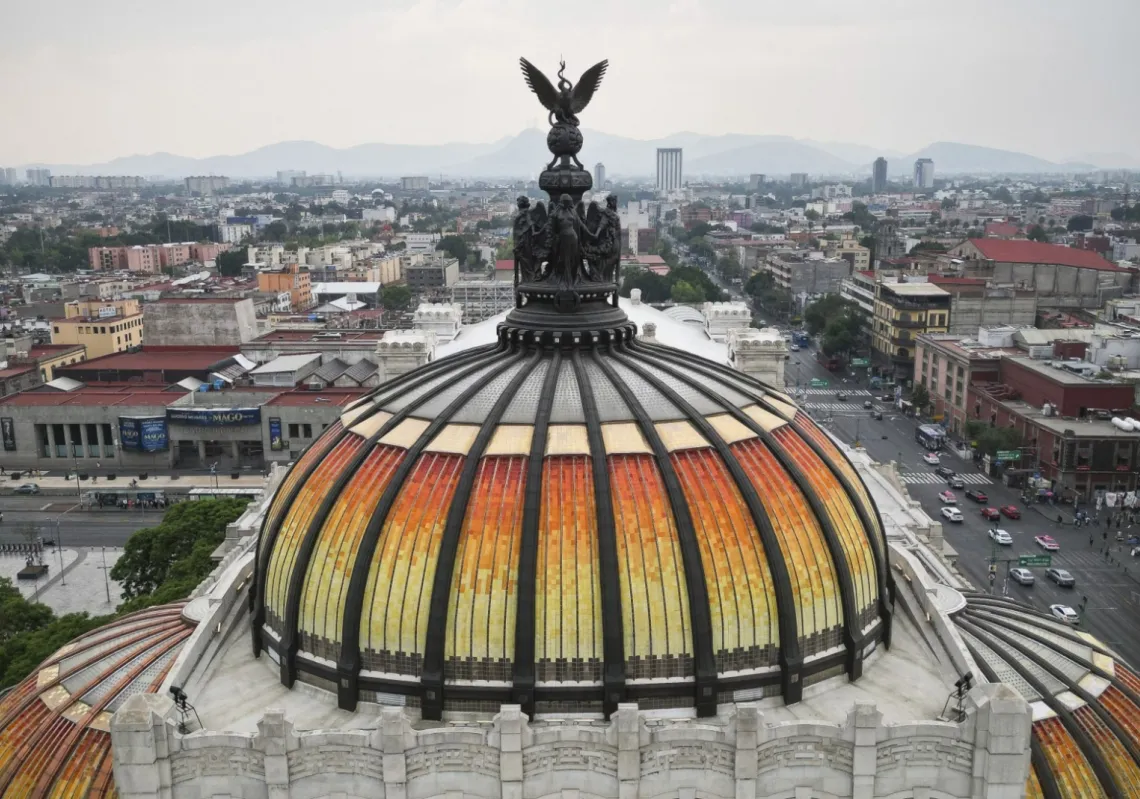Abu Dhabi: Childhood memories, grandmother’s stories, the gulf and the desert – these are subjects of paintings by Emirati artist Najat Makki.
The leading visual artist, whose works have penetrated both the regional and global art scene, does not limit herself to one methodology, movement or established style, but rather revels in the exploration of different forms, allowing her artwork to inspire and guide her.
Makki is the first Emirati woman to earn a PhD degree in art. She also made history as the first Emirati woman to receive a government scholarship to study abroad in 1977. She returned in the early 1980s with a Bachelor's degree in relief sculpture and metals from Cairo University.
Since then, she has established herself as one of the pioneers of visual art in the UAE.
Did you know that Emirati artist Dr. Najat Makki was the first Emirati woman to receive a government scholarship to study art abroad, back in 1977? Dr. Makki is one of the UAE's pioneering artists, & has been known for depicting her Emirati environment in her art.#khaleejiart pic.twitter.com/d0eYwzQnod
— Khaleeji Art Museum (@khaleejiart) August 22, 2021
She began as a sculptor after university but soon turned toward relief sculpting – a method where sculpted pieces remain attached to a solid background of the same material, appearing as though they’re raised above or protruding from it.
“I realised that sculpture did not receive enough attention in our region and that it required a large space and special tools. So, I turned to drawing ... Through drawing, I turned toward relief sculpture,” she said. “I used lines, shadows and light to create a sense of dimension that highlights the artwork and presents it in a three-dimensional form.”
The technique often uses materials such as pastes and thick layers of paint on canvas; sometimes, several pieces of paper are placed next to each other in a collage style to give the artwork the impression of having high and low surfaces, suggesting dimension. Shadow and light play against each other to enhance a piece’s depth.
Makki's work has appeared in several solo exhibitions, including the "Distinctive Mark" exhibition at the Sharjah Art Museum and others at the Emirates Palace in Abu Dhabi, the Sharjah Art Gallery and the Sultan Bin Ali Al Owais Foundation in Dubai.
She has also participated in numerous group exhibitions and international events, including the 6th Luxor International Painting Symposium in Egypt, the International Sculpture Symposium in China, and others inside and outside the UAE.

Throughout her artistic career, she has moved freely between artistic movements and styles, such as abstract and expressionism, never confining herself to just one.
She suggested that art itself often has power over the artist.
“It is necessary for an artist to explore all directions, as their mood may sometimes lead them down a certain path, where lines and shapes impose their own rhythms,” said Makki.















